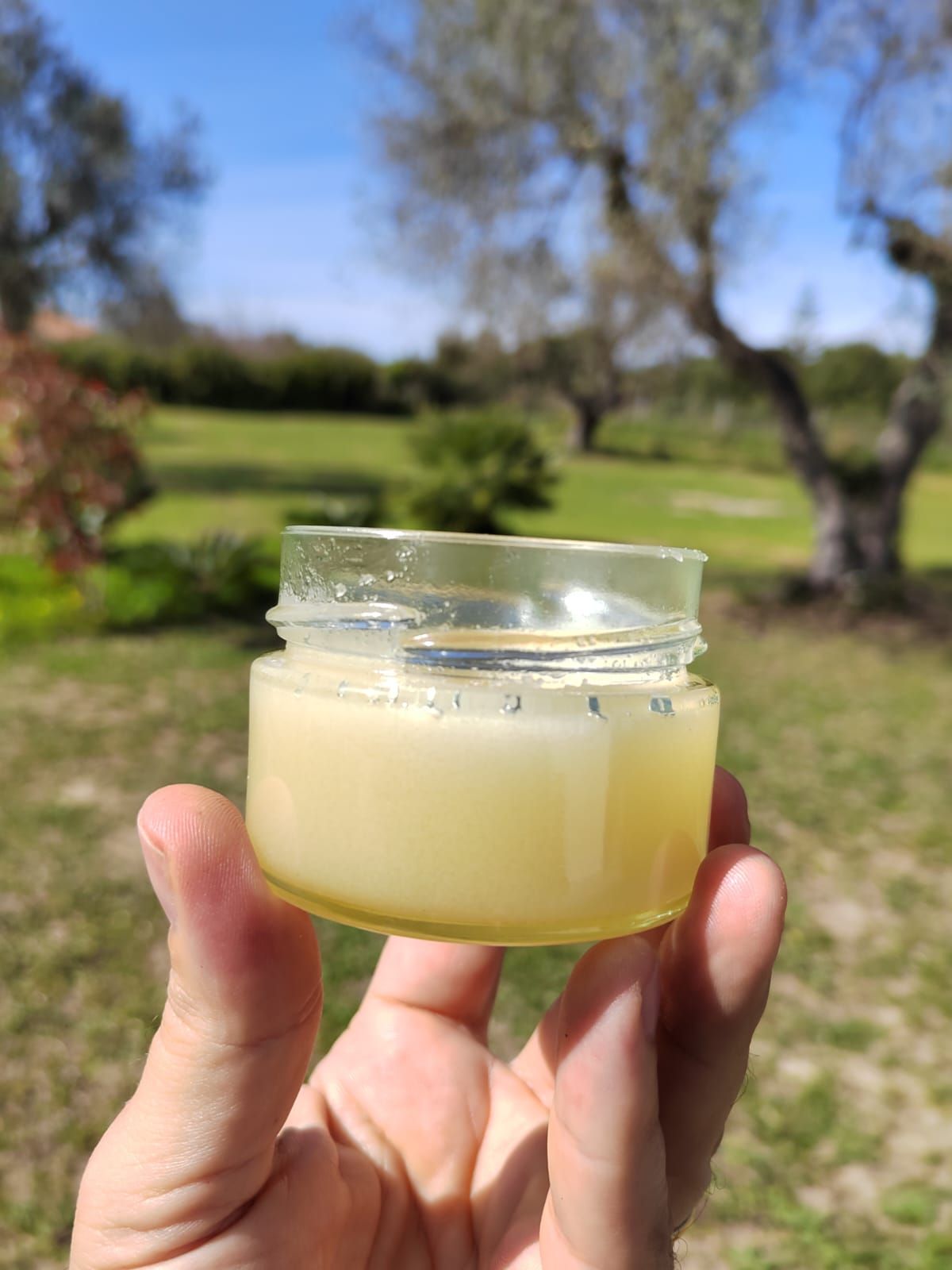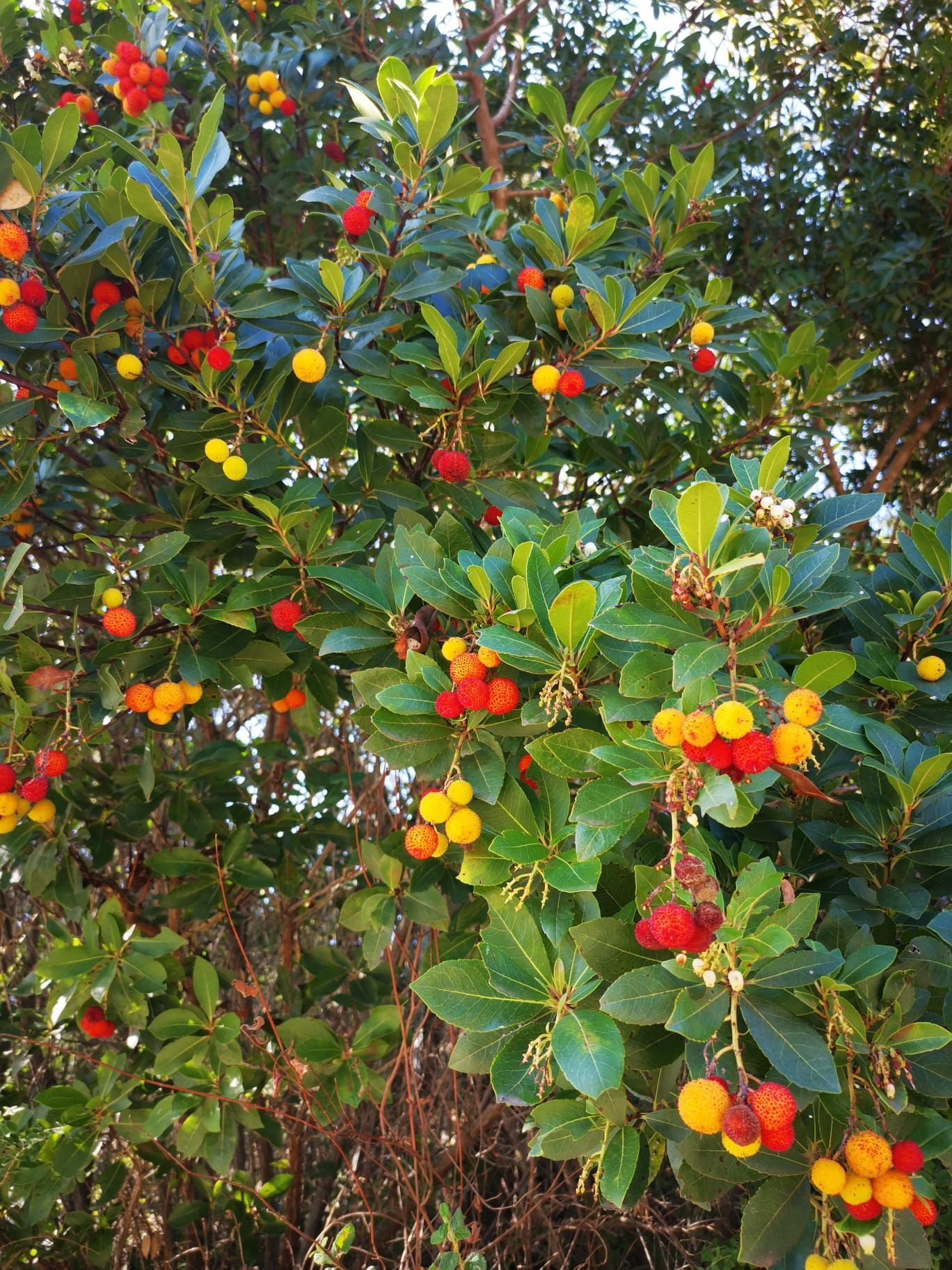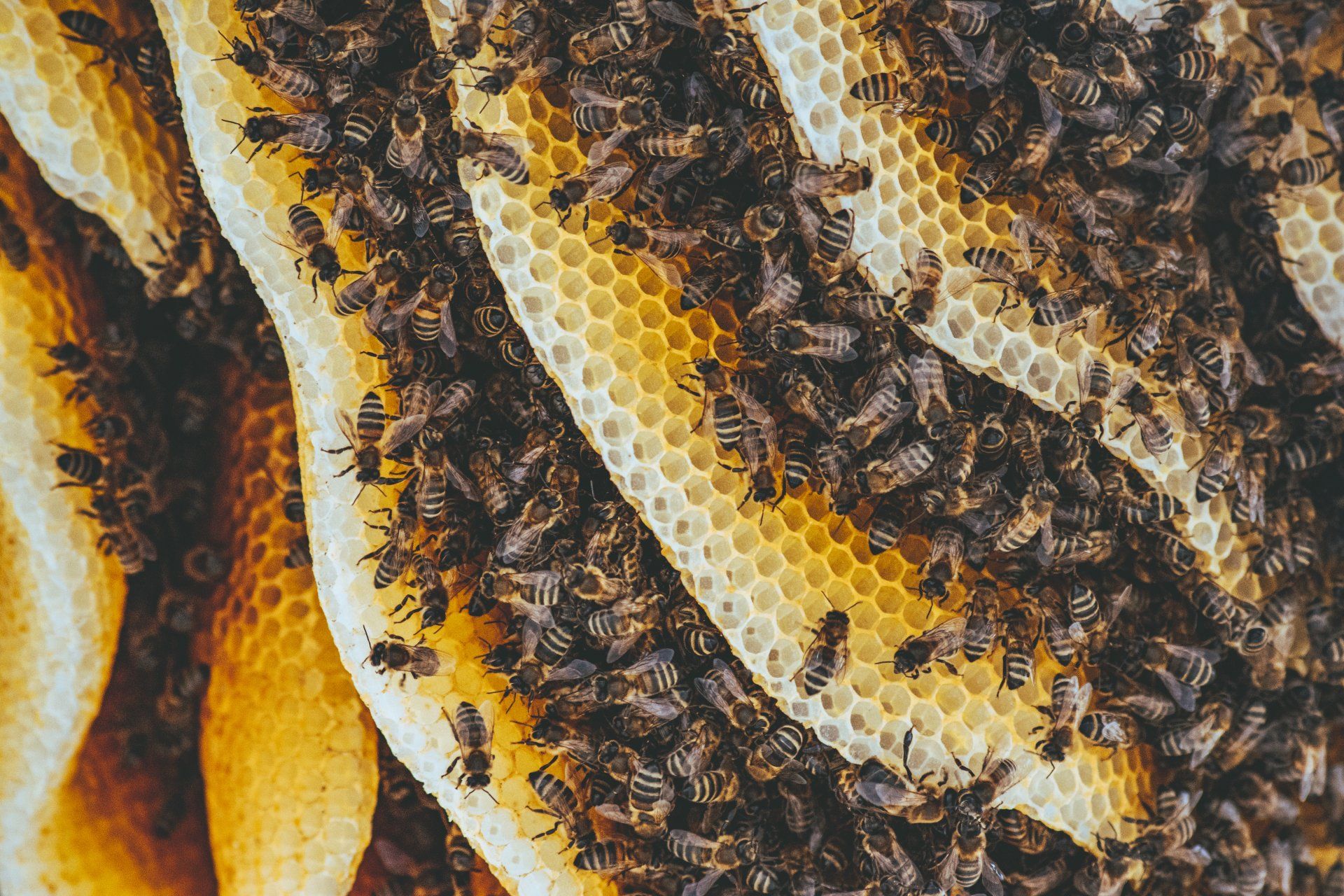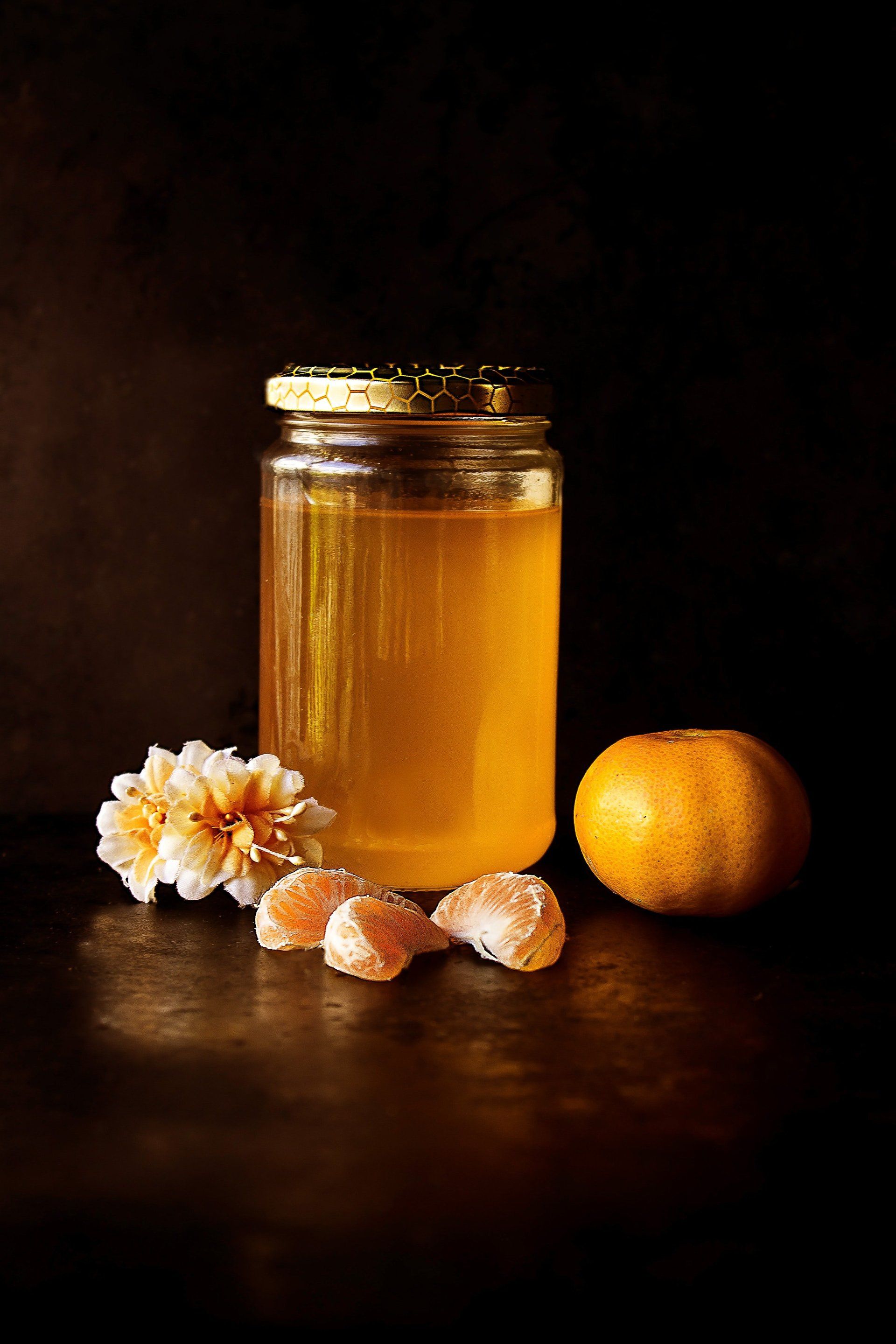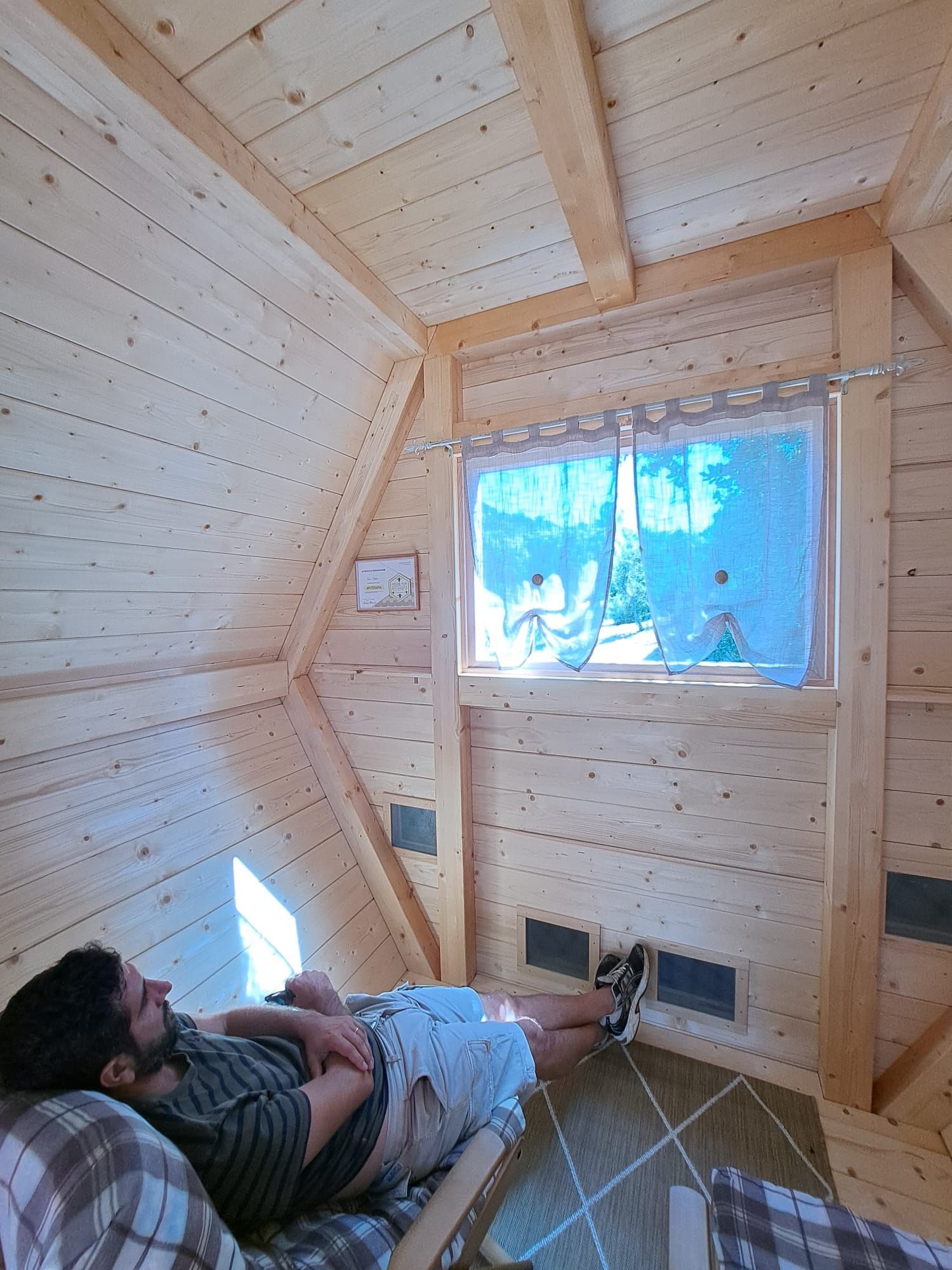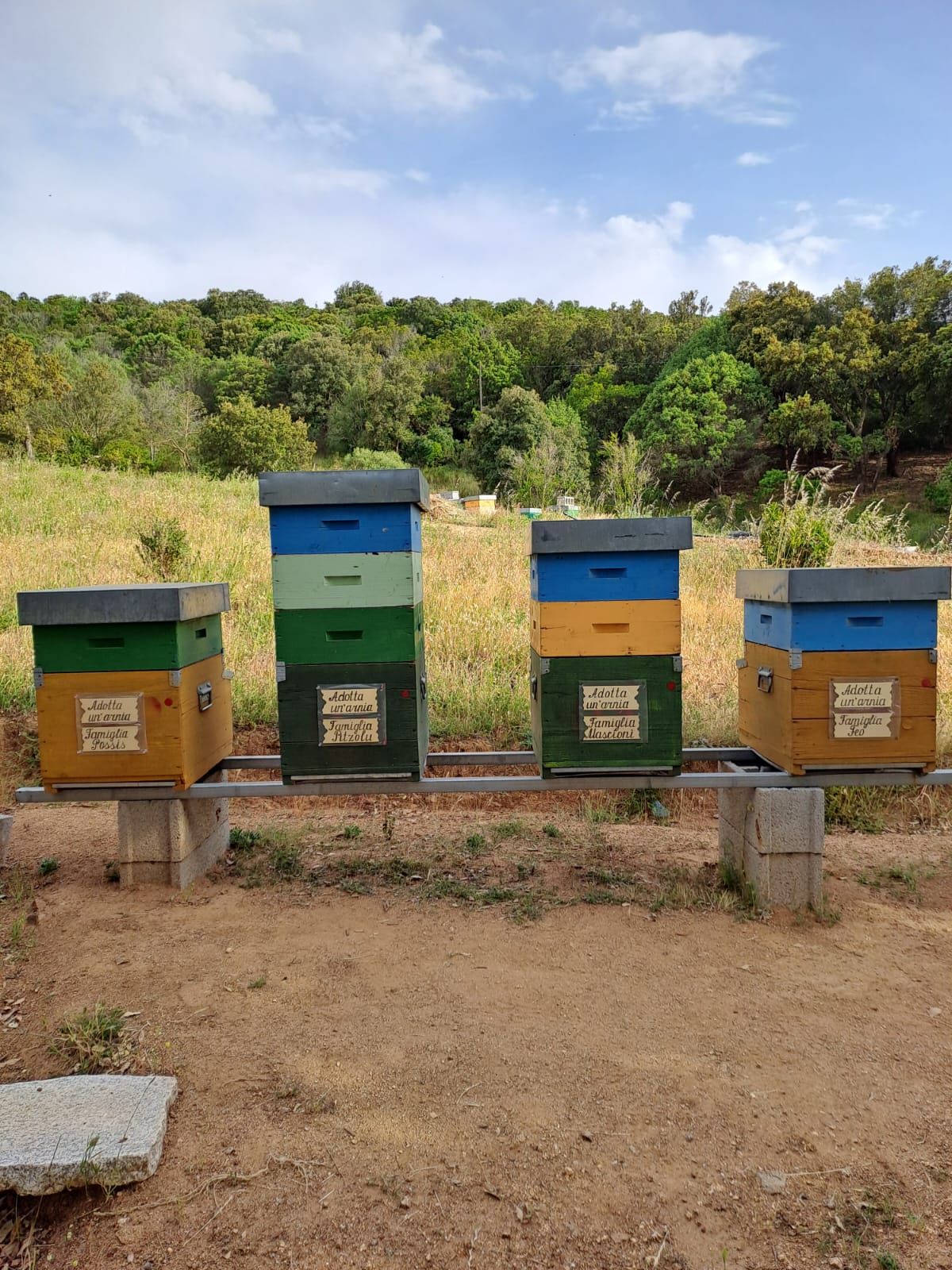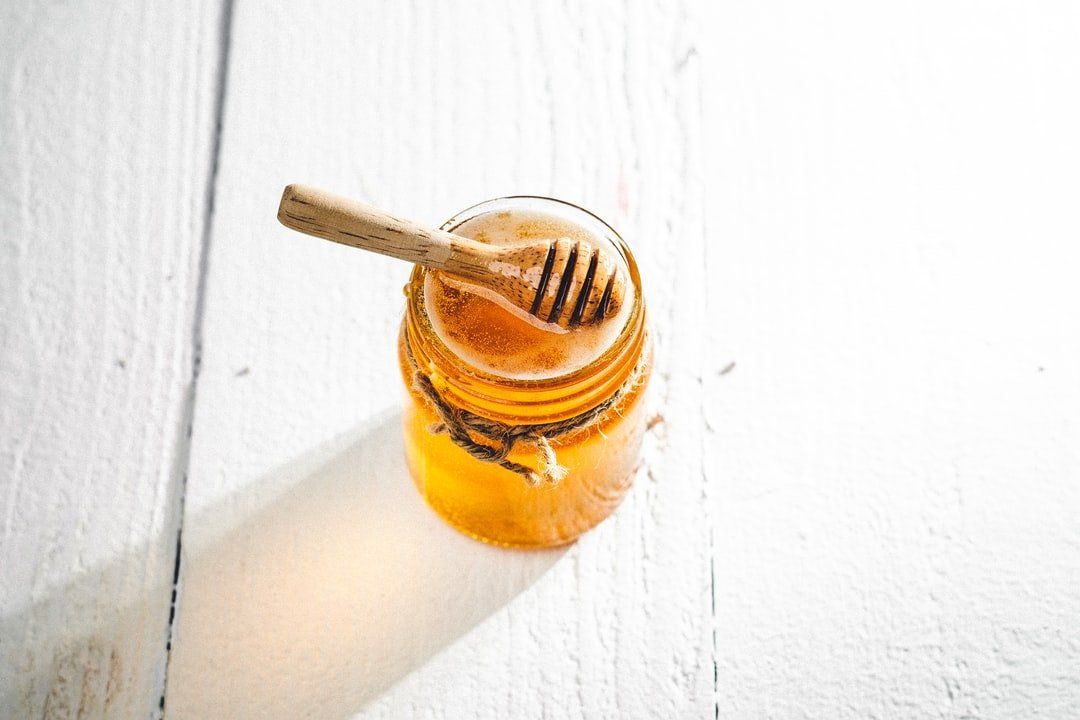Solar-Based Beekeeping for Beginners: A Comprehensive Guide
Solar-Based Beekeeping for Beginners: A Comprehensive Guide
If you're getting into beekeeping for beginners, you may feel like you have a good grasp of the core concept. They're only bees, after all, perfect little worker drones who more or less run their hives by themselves. What more could there be to know?
Quite a bit, as it turns out. For one thing, far from being perfect little automatons, recent research shows that individual bees have distinct personalities, much like we do. So we may not understand our buzzing little friends as well as we thought.
And what's more, the craft of keeping bees continues to evolve alongside our understanding. The rise of solar beekeeping is one good example.
But what does this discipline entail, and how can we benefit from it? To answer both, let's look at what goes into solar beekeeping and how you can reap its rewards.
We Stand at a Crossroads in History
As wildfires tear through Europe and temperatures throughout the northern hemisphere reach record-shattering highs, it becomes clear that the climate crisis is no longer a hypothetical future. It is a present reality.
As the planet continues to warm, drastic action will be needed to prevent the worst-case scenarios from coming to pass. And shifting away from fossil fuels and toward renewables like solar will need to play a major role in that strategy.
At the same time, another global crisis is playing out. The pollinator species that support the world's food supply are dying off en masse. Colony Collapse Disorder, in particular, has decimated the honeybee populations that make much of our modern agriculture possible.
Both of these scenarios present pressing threats to both the environment and organized society. But the clock has not yet struck midnight, and we still have the opportunity to act.
And solar beekeeping presents a strategy to attack both fronts at once.
What Is Solar Beekeeping?
Although solar power only makes up 3% of the United States energy supply at present, that figure is projected to grow to 20% by 2050. And as solar technology continues to improve, that figure may turn out to be a low estimate.
Much of that solar output will take the form of large solar power plants.
The technology behind these plants is not new. Several large-scale solar thermal plants already exist, designed to produce the optimal amount of power per hour of daily sunlight.
Where beekeeping enters the equation is from the reality of how these plants use the land that they're built upon.
Because of the sheer acreage that a solar power plant takes up, finding secondary and tertiary uses for that real estate has always been a concern. Within the last decade or so it became apparent that solar plants would make optimal homes for bee colonies and wild pollinators.
Plant operators in the southwestern United States, the United Kingdom, and Germany all started experimenting with the idea around the same time. And those early efforts were so encouraging that the practice is now in use wherever large solar farms are found.
How It Works
The first step is to propagate a solar field or installation with native and non-invasive plants that pollinators can live off.
What this looks like will vary depending on the regional ecosystem. In the southwest, for example, solar fields may find themselves along migration routes that monarch butterflies have taken since time immemorial. Sowing their solar fields with flowers to sustain adults and milkweed to serve as havens and food sources for their young would be a workable strategy.
Alternatively, solar energy providers can partner with local beekeepers. By allowing their fields to run wild with native plants and grasses, the providers help create a haven for these crucial pollinators.
But those are large-scale applications. Ordinary individuals with the land to host solar arrays and beehives can likewise get in on the action.
Consider the fact that the market for residential solar arrays has experienced five consecutive years of sustained growth. The market grew by 30% in 2021 alone.
With so many homeowners making the move to solar, we have an opportunity to turn entire neighborhoods into safe havens for our crucial pollinator species.
How Solar Beekeeping Benefits Pollinators, Their Keepers, and the Environment
Solar beekeeping presents a rare opportunity to affect positive change for ourselves, the environment, and the pollinating wildlife that supports both.
For the keepers, it gives them access to nutritious raw honey products. For the pollinators, it gives them a haven from the myriad threats they face. And the local environment is made more fruitful and biodiverse by their presence.
Let's take a closer look at these benefits in action.
How Solar Beekeeping Helps Pollinators and the Environment
As we said, there are two main styles of solar beekeeping. One is to provide enough shelter and local flora to support a population of wild pollinators like bees, butterflies, birds, and bats.
If you live in an area that still has a respectable amount of biodiversity, that can be a great way to help maintain it with little effort on your part.
However, many areas have already been stripped of much of that biodiversity. Farmlands that only host one or two crops have consumed many of the wild pastures and meadows pollinator species once relied on. And in residential areas, lawns, golf courses, and parking lots have likewise consumed much of the wild lands and plant life these species need.
In these areas, native pollinator populations have already dwindled to unsustainable numbers.
It's why beekeeping, in general, became so important.
There are many parts of the country where wild honeybee colonies don't have the resources to survive. Introducing new colonies into solar plants and residential neighborhoods can help bring some of that biodiversity back.
How Solar Beekeeping Is Good for You
Beekeeping can have several benefits for the keeper.
Having to care for your hive every month can give you a deeper appreciation for these animals and how they interact with the environment. And the different tasks you need to do throughout the year force you to slow down and take notice of the changing of the seasons. With how fast-paced modern life often is, taking the opportunity to reflect on the passage of time and changes in the environment can be its own reward.
But that's not to say that there are no material rewards. As satisfying as the work of beekeeping can be, for many keepers, the main draw is honey.
Top-shelf organic honey is a valuable commodity. Raw honey, in particular, is prized for its value, taste, and health benefits. Being unpasteurized, raw honey is great for your gut health and immune system, among other perks.
And while the goal should be to supply your bees with as much native flora as possible, gardeners will enjoy some added opportunities. For example, if you keep a few blackberry bushes on your property, having them pollinated by your solar bees can produce delicious bramble honey.
Solar Beekeeping for Beginners
So the benefits of solar beekeeping are evident. Now how do we get started?
The good news is that it's not much more complicated than normal beekeeping. You only need the right supplies and a solar array to host your hive.
Beginning Beekeeping Supplies
The main things you'll need, naturally, are your hives. You don't need much space to support them, only about 54 square feet per pair of hives. You'll also need a hive tool to gain access.
Beyond that, you only need some basic beekeeping supplies.
A bee suit is essential. Though bees are often more docile than people think, there are exceptions. Your new housemates will tend to become aggressive in the fall, as they'll jealously guard their winter food stores.
A smoker is another important tool. These are used to calm the bees and are essential whenever you need to inspect the hive or extract honey.
And you'll need a bee brush. When you extract a frame to collect honey, there will almost always be a few bees hanging onto it. The brush is used to shoo them off without harming them.
Setting Up Your Solar Apiary
How you go about setting up your solar beekeeping operation depends on the kind of solar array you have installed. And if you've not yet put a panel on your property, then you have the most options.
A ground-mounted panel array will be the most convenient. And in some cases may be the only viable choice.
With roof-mounted panels, you need to consider the inherent danger of climbing on top of your home to access your hives every few weeks. Not only that, but the added weight of the hives may be more than your roof can bear.
So if possible, set yourself up on the ground floor.
You'll also need adequate headroom to set up your hives and access them. So where most solar panels are built close to the ground, yours will need to be elevated a considerable distance.
Using Solar Beekeeping to Build a Brighter Future
Reducing our carbon output and creating safe havens for pollinator species are both crucial to our planet's health and our society's stability. Using renewable energy sources wherever possible and getting into beekeeping for beginners are both ways that we can contribute to those ends in our daily lives.
But it's only the beginning. To see how we're working to build a sustainable future, check out how we're expanding our services to build solar beekeeping farms for major energy providers.



